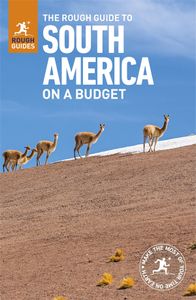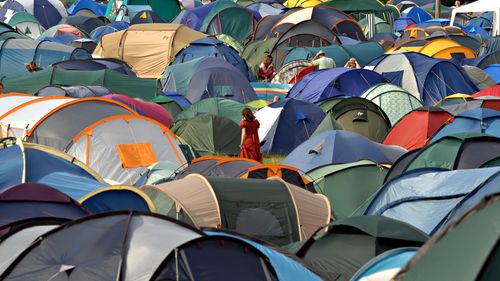Brief history
Occupied since at least 12,000 years ago, the area around Huaraz was responsible for significant cultural development during the Chavín era (particularly 1500–500 BC), although the Incas didn’t arrive here until the middle of the fifteenth century. Following the Spanish conquest of Peru, and up until less than a century ago, Huaraz remained a fairly isolated community, barricaded to the east by the dazzling snowcapped peaks of the Cordillera Blanca and separated from the coast by the dry, dark Cordillera Negra. Between these two mountain chains the powerful Río Santa valley, known as the Callejón de Huaylas, is a region with strong traditions of local independence.
For several months in 1885, the people of the Callejón waged a guerrilla war against the Lima authorities, during which the whole valley fell into rebel hands. The revolt was sparked by a native leader, the charismatic Pedro Pablo Atusparia, and thirteen other village mayors, who protested against excessive taxation and labour abuses. After they were sent to prison and humiliated by having their braided hair (a traditional sign of status) cut off, the local peasants overran Huaraz, freeing their chieftains, expelling all officials and looting the mansions of wealthy landlords and merchants (many of them expatriate Englishmen who had been here since the Wars of Independence). The rebellion was eventually quashed by an army battalion from the coast, which recaptured the city while the Indians were celebrating their annual fiesta. Even today, Atusparia’s memory survives close to local hearts, and inhabitants of the area’s remote villages remain unimpressed by the central government’s attempts to control the region.
Fiestas in and around Huaraz
Throughout the year various fiestas take place in the city and its surrounding villages and hamlets. They are always bright, energetic occasions, with chicha and aguardiente flowing freely, as well as roast pig, bullfights and vigorous communal dancing, with the townfolk dressed in outrageous masks and costumes. The main festival in the city of Huaraz is usually in the first week of February and celebrates Carnival. In June (dates vary, so check with the tourist office for exact dates), Huaraz hosts the Semana del Andinismo (Andean Mountaineering and Skiing Week), which includes trekking, climbing, and national and international ski competitions, on the Pastoruri Glacier.
Caraz has its own Semana Turística, usually in the third week of June. Note that during this month accommodation and restaurant prices in Huaraz and Caraz increase considerably. Other festivals include the Aniversario de Huaraz, in July (usually on the 25th), when there are a multitude of civic and cultural events in the city, plus the annual folklore celebrations in the first week of August for Coyllur–Huaraz. The fiesta for the Virgen de la Asunción in Huata and Chancas takes place during mid-August. Late September sees the festival of the Virgen de las Mercedes, celebrated in Carhuaz, as well as other rural get-togethers you’ll often come across en route to sites and ruins in the Callejón de Huaylas.
Around Huaraz
There are a number of worthwhile sights within easy reach of Huaraz. Only 7km north are the natural thermal baths of Monterrey; higher into the hills, you can explore the inner labyrinths of the dramatic Wilkawain temple. On the other side of the valley, Punta Callan offers magnificent views over the Cordillera Blanca, while to the south of the city you can see the intriguing, cactus-like Puya rayimondii.
Monterrey thermal baths
There’s no town in Monterrey as such, just a street of a few properties, some of which have been converted or purpose-built as hostels or restaurants. At the top end of this street are the thermal baths, the reason there’s any settlement here at all.The vast baths include two natural swimming pools and a number of individual and family bathing rooms. Luxuriating in these slightly sulphurous hot springs can be the ideal way to recover from an arduous mountain-trekking expedition, but make sure you are fully acclimatized, otherwise the effect on your blood pressure can worsen any altitude sickness. If you’re staying at the wonderful old Real Hotel Baños Termales Monterrey, the baths are free. There’s also an impressive waterfall just ten minutes’ walk behind the hotel and baths.




















